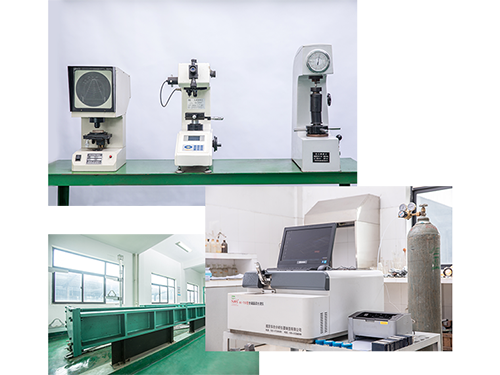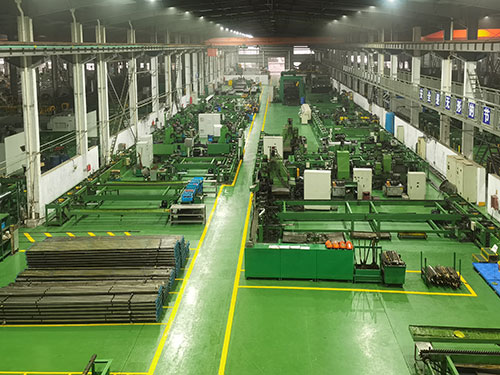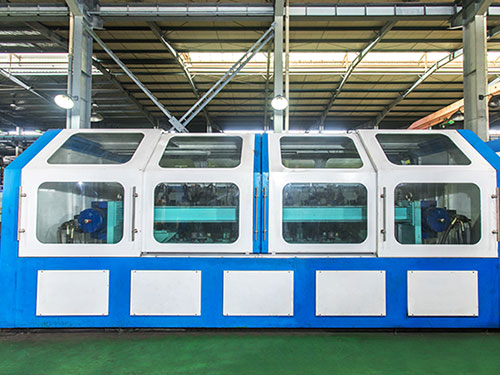NossoTrilho de guia oco TK3 TK5são componentes de elevador de alto desempenho projetados com umseção oca retangularebordas planas(não flangeado). Estes trilhos de guia são especificamente adaptados para sistemas de elevadores TK e são amplamente utilizados emsem casa de máquinas (MRL),residencialeelevadores comerciais. Em comparação com os trilhos de guia sólidos ou flangeados tradicionais, o design oco + de borda plana oferece uma estrutura mais leve, instalação mais fácil e compatibilidade precisa com carros de elevador e contrapesos em sistemas da marca TK.
Temos padrões completos aqui. Sinta-se à vontade para encontrar o que precisa.
| Modelo | b1 | b3 | f | h1 | k | L2 | N3 | d | R1 |
| TK3 | 75 | 44 | 2 | 55 | 10 | 90 | 30 | 10 | 3 |
| TK5 | 87 | 50 | 3 | 60 | 16.4 | 180 | 20 | 14 | 5 |
| Tolerância | ±1 | ±0,3 | ±0.20 |
0 -0.5 |
±0,4 | ±0,5 | ±0,3 |
Os trilhos-guia ocos são projetados com uma seção transversal do tipo caixa ou oca em vez de uma sólida. Este design inteligente traz várias vantagens práticas.
Primeiro, eles sãoMais leve, reduzindo a carga no poço do elevador em 20% a 30%. Isso ajuda a melhorar a eficiência energética, especialmente durante a aceleração e frenagem, e reduz o desgaste dos principais componentes.
Apesar de serem mais leves, os trilhos ocos ainda oferecemForte rigidez e estabilidade. Seu design ajuda a absorver a vibração e reduzir o ruído durante a operação do elevador, criando uma viagem mais suave e silenciosa - algo que os passageiros e proprietários de edifícios apreciam.
Eles também sãomais fácil de instalar e manter. Peso mais leve significa menos mão de obra e equipamentos necessários para a instalação. Além disso, o espaço oco permite fiação ou sensores bem ocultos, o que suporta monitoramento inteligente sem afetar a aparência ou aumentar a exposição à poeira.
Duranteelevadores de alta velocidade ou de arranha-céus, os trilhos ocos ajudam a distribuir o estresse de maneira mais uniforme durante as paradas de emergência. Emelevadores residenciais, ajudam a minimizar o ruído e a oscilação, melhorando o conforto diário.
Além disso, os trilhos ocos sãomais sustentável. Eles usam menos material, são mais fáceis de reciclar e oferecem espaço para atualizações futuras, como sensores incorporados ou recursos inteligentes, tornando-os prontos para a próxima geração de sistemas inteligentes de elevadores.
Assim, os trilhos-guia ocos não são apenas mais leves, eles são mais inteligentes, mais silenciosos, mais fáceis de trabalhar e mais bem preparados para o futuro.
De acordo com as normas internacionais: ISO7465:2007; ISO630: 2021. De acordo com os padrões internacionais, realize testes abrangentes de matérias-primas com base na certificação de materiais fornecida pelos fornecedores para garantir que a qualidade de cada lote de matérias-primas atenda aos requisitos.
Configure duas linhas de produção automatizadas de trilhos-guia. O equipamento deve garantir que os itens produzidos cumpram ou excedam os requisitos do cliente, mantendo a estabilidade da retidão, distorção e rugosidade da superfície
Dados os rigorosos requisitos de retidão e torção nas guias de grau BE, foram implementados equipamentos especializados de endireitamento automático e correção de torção, juntamente com sistemas avançados de detecção. A retidão é mantida dentro de 0,5 mm, enquanto a torção é controlada dentro de 30' por metro
O conceito de serviço de "cliente em primeiro lugar" afirma que, independentemente de onde nossos serviços são prestados - seja dentro da empresa, no local de trabalho do cliente, no canteiro de obras ou durante o transporte - nosso objetivo principal continua sendo satisfazer o cliente





